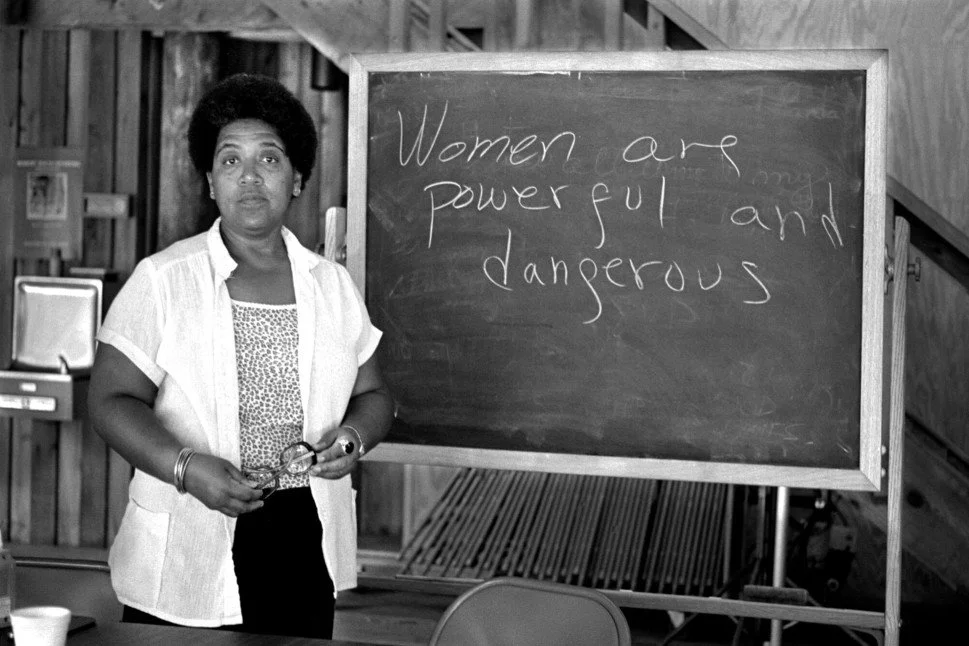Her Story: Billie Jean King
Photo from Pexels by cottonbro studio.
Peyton Impola
In 1973, nearly ninety million people tuned in to watch a tennis match. This wasn’t just any tennis match though–it was a showdown between 55 year old Bobby Riggs and 29 Billie Jean King: The Battle of the Sexes. Riggs was one of the top tennis players in the world during the 1940’s, retiring from professional tennis in 1951. However, despite retiring, Riggs continued to promote tennis and himself. In 1973, he asserted that female tennis players were inferior to male ones, and that even at his age he could beat any top female tennis player. That same year he challenged Margaret Court, a well known player, and swiftly beat her. Riggs’ quick victory and the national attention he garnered from the event inflated his ego. Riggs taunted female players relentlessly, which prompted 29 year old Billie Jean King to accept an offer to play Riggs in a nationally televised match in prime time.
Before delving into that highly impactful match, it is important to first understand King as a person, and the life she led. King was born in 1943, to a conservative Methodist family. Her family was an athletic one–her mother loved swimming, her father excelled at both basketball, baseball and track, and her brother became a Major League Baseball pitcher. After her parents suggested that she find a more feminine sport, King switched over from softball to tennis. She saved up enough money to be able to purchase herself her first ever racket. From that point on, it was tennis or bust.
As a young player, King was constantly hindered by her highly aggressive style of playing. She also often stirred up drama by rejecting restrictions enacted upon female athletes. One instance included her being forbidden to participate in a team picture at a tournament, because she was wearing tennis shorts instead of the required white tennis dress. After graduating from high school, King attended California State University, Los Angeles. She didn’t graduate, however, leaving the college in 1964 to focus on her tennis career. While she was attending the university, she met Larry King, whom she became engaged to and later married.
From 1959 to 1983, King played 51 Gram Slam singles events. She reached at least semi-finals in 27 events and at least the quarter-finals in 40 of her attempts. In six Grand Slam singles King was the runner up. She gained international recognition in 1961, when the Long Beach Tennis Patrons raised $2000 to send her to Wimbledon. At this event, she won the women’s doubles title in her first attempt, with her partner Karen Hantze. King was only 17 at the time, and Hantze was 18, making them the youngest team to win the Wimbledon Doubles Title. Despite these successes, and her raw talent, King was denied a sports scholarship for California State.
By the 1970’s, King was at the height of her career. She was internationally known, and a powerhouse within the realm of tennis. When Bobby Riggs first challenged her to a match, King turned it down. This led Riggs to challenge Margaret Court, whom he defeated handily. King was given a second offer to play Riggs, this time with the incentive of a hefty reward. The match would be internationally televised on ABC, in prime time. The match was so much more than just a battle between two players. It was symbolic of the battle between male and female athletes. For years, female athletes had fought hard, striving to gain equal playing ground in the athletic realm, and, for years they had been denied equality due to their sex. Not only that, but men like Riggs bashed the female sex as a whole, claiming women were fragile, weak, and incapable of strength in the way that men were. By accepting this challenge, Billie Jean King was shouldering the burden of women around the world. To them, it was essential that King won, because not only would it be a win for King, but for female athletes and regular women everywhere.
On September 20, 1973 Billie Jean King defeated world renowned Bobby Riggs in the Battle of the Sexes, with millions of people watching. It was a victory for women globally. The event is one of the most significant causes of the development of a greater respect not only for women’s tennis but for women’s sports overall. King’s career did not end with this match, and she continued to play for many years to come. She eventually retired in 1983, though she played sporadically through 1990. Today, King continues to fight for gender equality, not only in sports but in the rest of society as well. In 2009, President Barack Obama–who had watched the Battle of the Sexes live when he was twelve–presented King with the Presidential Medal of Freedom for her advocacy work for women and the LGBTQ+ Community.
Despite the efforts of trailblazing women like Billie Jean King, there is still a large gender disparity in the realm of athletics. Inequities can be observed in our own community, the nation, and globally. It is up to the next generation to continue the fight for gender equality in sports. Female athletes deserve fair pay, the right to not be sexualized in the workplace, and the exposure that male athletes are gifted. Complete gender equality is still a ways away, but, if we work together, we can succeed in finishing the fight women like King started.
Sources:
International Tennis Hall of Fame: Billie Jean King
Billie Jean King-Women’s Sports Foundation
Other Works in This Series:
Check Out These Other Feminist Features:
Patsy Mink and the Road to Title IX
Bell Hooks: Empowering Marginalized Women
Edith Wilson: Secret President
Mary Anning: Mother of Dinosaurs






